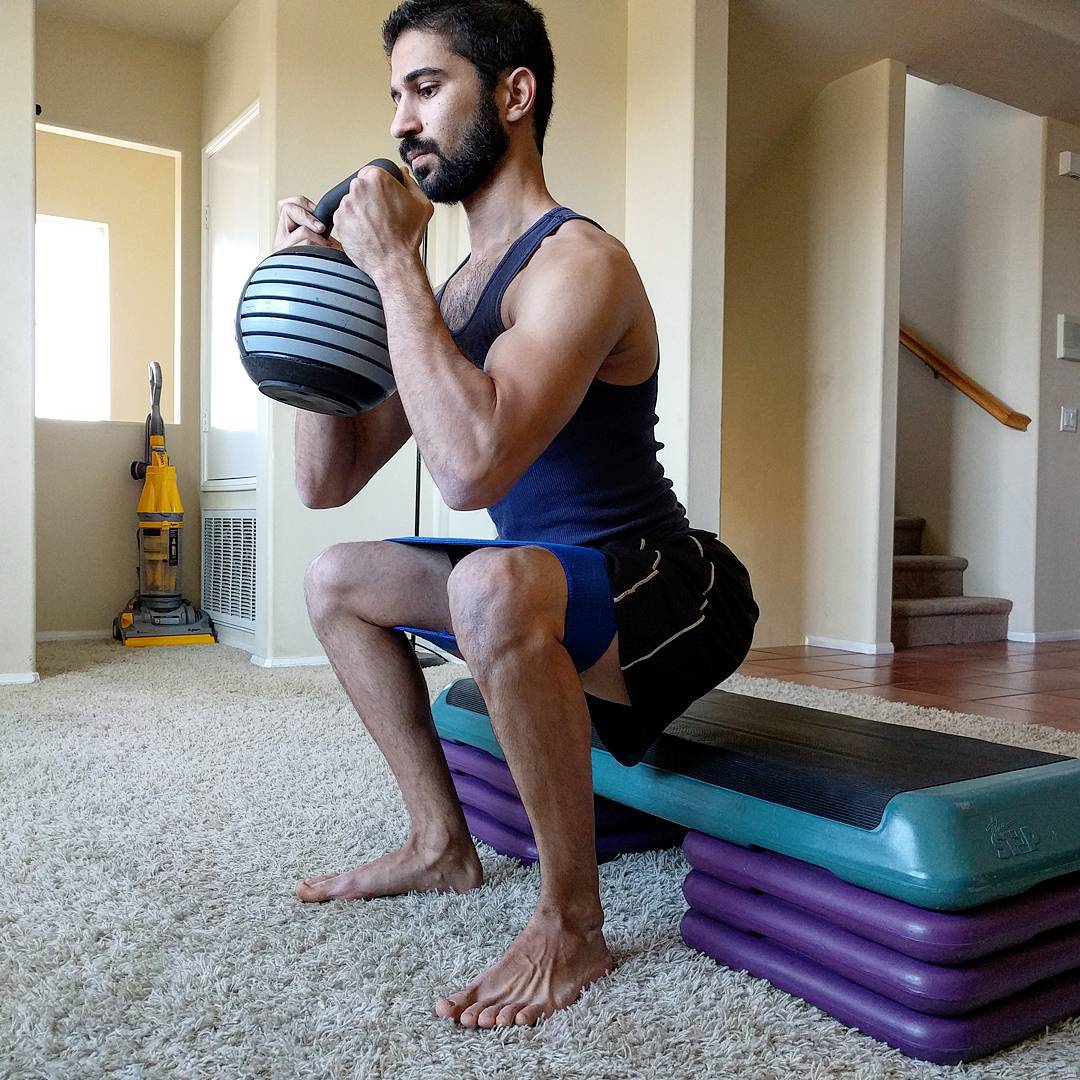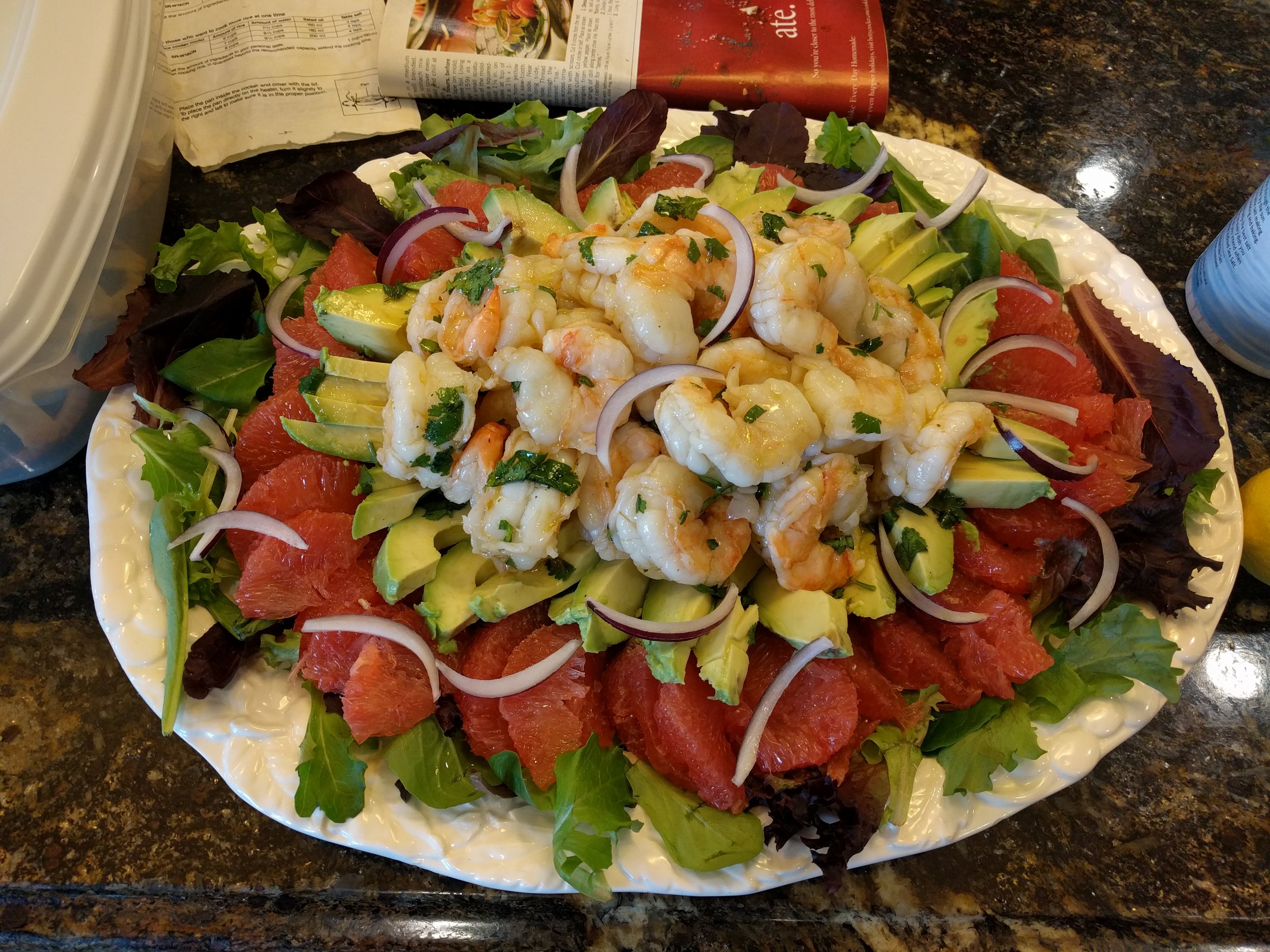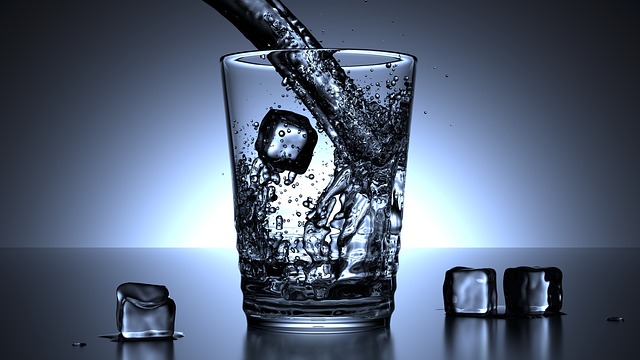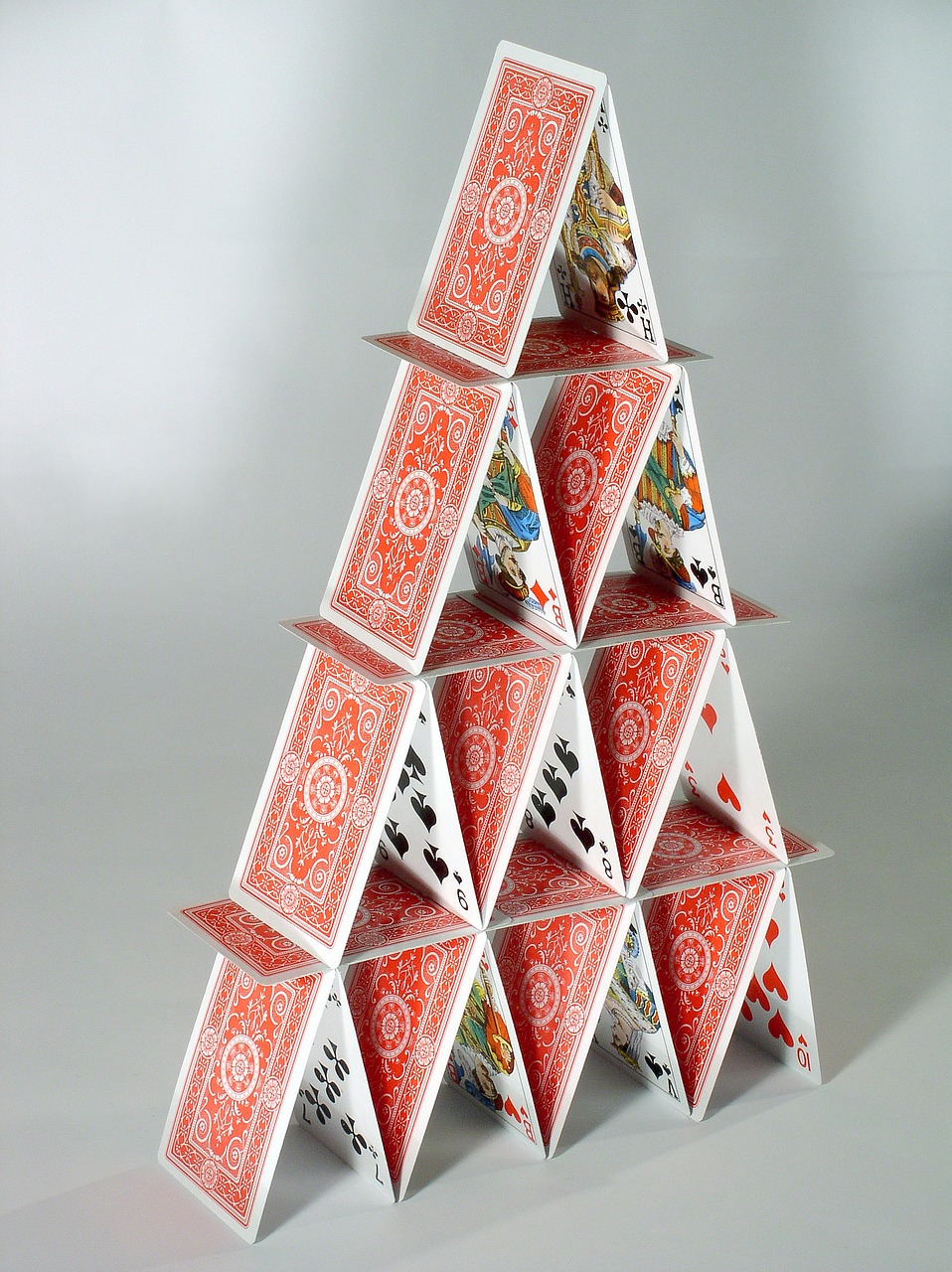Depression Vs Anxiety
/Hello everyone and welcome back to the blog. Today’s topic is a ‘light’ discussion on the subtle difference between depression and anxiety. I’ll throw the obligatory “I’m neither a doctor nor a psychiatrist” rant here. Please, if you feel any major symptoms (suicidal thoughts, self harm or harm to others) talk to someone licensed in your area.
To solve a problem, we must first identify all the variables, and come to an accurate conclusion. Only then, can we take a course of action that will lead to a desired result. To take the gym as an example, I can’t train a vegan and a carnivore the same; their bodies both have strengths and weaknesses in the recovery realm, and will respond to different work volumes differently. I would need to gain a deep understanding of exactly what they’re putting into their body and when, so that I can tailor a personalized program for each to get the maximum results, or risk injury and illness.
Depression and anxiety are much the same. They often have the same symptoms and thoughts surrounding them, but understanding the key difference between the two is the difference between actual healing and medicating a problem with more and more coping mechanisms.
The key difference is time: “Depression is the fear that yesterday will be tomorrow. Anxiety is the fear of tomorrow.” I heard this in an interview with Paul Chek, someone that grows more impressive the more time I spend studying his material. It especially rang true for me, as I’ve been through years of therapy, talking about different ways I can communicate with others to help better my social life and deal with crippling fears around work. But, as I stated, my issue of depression had nothing to do with the moment. It had to do with my ‘yesterday;’ my childhood traumas not being dealt with.
Think of it this way. If you imagine your mind as a garden, your mental health can be measured by the amount of weeds you allow to exist. With depression, my original therapist attempted to give me the sharpest scissors and best searching tools ever to cut back the weeds, but failed to teach me how to get at the weeds from the root, forever allowing the issues to come back over and over.
At the time, my garden was overrun with weeds, so the short term success of clearing out the bulk was awesome. But, without dealing with the root of the issue, they came back stronger yet, leaving me worse in the long run.
To continue the garden analogy, anxiety is the fear of weeds ruining the garden whether there are/were weeds or not. This fear of perfection, or not being enough leads to sometimes crippling dread of tomorrow that leaves people exhausted from preparing for an uncertain future. Having this run in my family (skipped me fortunately), I know that most of this stems from having felt a lack of control over a situation at some critical point in the past. But while the fear of yesterday was massively prevalent in depression, this is only to a small degree with anxiety. The truth of life is this: even if we were to be able to control every variable (which if you ask me would be really boring), there are things in life beyond our ability to even comprehend, let alone control.
Plus, I don’t know about you, but so many things that ended up been a blessing in my life happened when I wasn’t trying at all. Like Tony Robbins says: “Life happens for you, not to you.” When we control life, we resist life’s greatest gift which is excitement!
Now, I’ll attempt to leave you with some practical action steps for each of these. Depression being the fear of yesterday happening again tomorrow, we’re looking at modalities that deal with the issues ‘rooted’ in our past. Eye movement desensitization and reprocessing (EMDR) has a wealth of scientific evidence behind it, and can alleviate the physical sensations from a traumatic memory. Remember, we feel things first, and then it goes to the brain to be processed, and then sent back to the body for an action.
Another is Somatic Trauma Release (STR), sometimes called resolution, or even somatic experiencing. If you’ve ever heard the phrase ‘the issues are in the tissues,’ STR stimulates the tissues in specific ways to ‘shake out’ the memories from the somatic systems of the body. It sounds outlandish, but I can say from personal experience that just 5 sessions of this was more powerful than two years of talk therapy combined.
With anxiety, we’re dealing with the fear and dread of tomorrow’s possibilities. For this, I’ll first say that fear is an acronym: false evidence appearing real. Often, when we really analyze the fears of people with anxiety, we find that there is really no evidence or validity to their fears (Note: if there is evidence, this is a depression case appearing with symptoms of anxiety, and still stems from past trauma). These fears have a lot of sources, but I find that the most prevalent one is some form of chemical imbalance in the forms of stress; too much caffeine, shot adrenals, even mild food allergies will put our bodies into a mild but strong enough sense of fight or flight to think that a tiger will jump out at any second when we’re simply sitting at our desk.
Fear setting is the first modality I’d recommend for an anxiety case. Briefly, fear setting is a way to hedge against your biggest fears in an attempt to define and constrain them. Often these fears are so vague in our mind that they range from zero harm to death. But, we can’t take that risk, and we control like death is around the corner anyways.) You can search Tim Ferriss Fear Setting to read his blog, or watch his TED talk on the matter to learn more.)
There are many modalities out there, but the lowest hanging fruit I’ve found in my research seems to be caffeine and a lack of deep sleep. To continue my overused tiger analogy, our nervous system is designed to always have a low level look out for danger, and if one actually presents itself, the adrenal glands produce a whole host of hormones to ramp up our potential to either fight the tiger or run the heck away. Caffeine is a molecule that skips all the sensors, and goes right to the adrenal glands to ask for low doses of the same hormones. But, just like sensitivity to things like lactose and gluten vary from person to person, caffeine sensitivity varies from individual to individual. If our levels of these adrenal hormones go up enough, the resulting fight or flight response kicks in. But our brain gets confused; we’re reacting like there’s a tiger, but there’s no tiger. So where is it? I have to look out for it until I find it, or pass out from exhaustion from looking.
(Side note: most of us can benefit from at the least reducing our caffeine intake. You might find that any trouble sleeping, random fatigue or that “2pm crash,” or even irritability will at the least decrease. For people with anxiety, cutting caffeine can be a wealth of relief)
To wrap up this heavier than intended post, depression and anxiety are not mutually exclusive. A bit of depression includes anxiety of the past happening tomorrow, making it much more real because the past DID happen. But one key question to answer is this: Is my fear that I’m attempting to control for the same every time? Or is it a sort of looming fear of an eventual bad that has not real definition? For me, it was the same every time; of feeling like I’d never be enough. It came in different forms, sure. But at the root of the weed, it was my sense of self worth. Yes, I did have anxiety about the next day and still not being enough, but my healing required digging out the weed from the root, not trimming it back.
That’s it for today. I hope this information was helpful to you all. As always, have a happy and healthy rest of your day, and I’ll talk to you next time
-Omid










